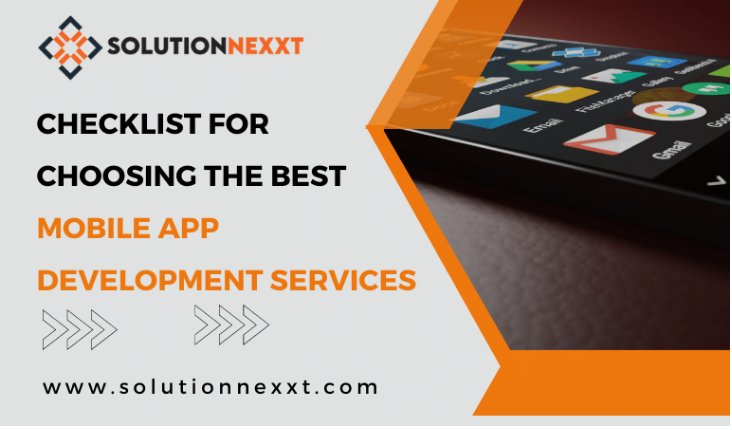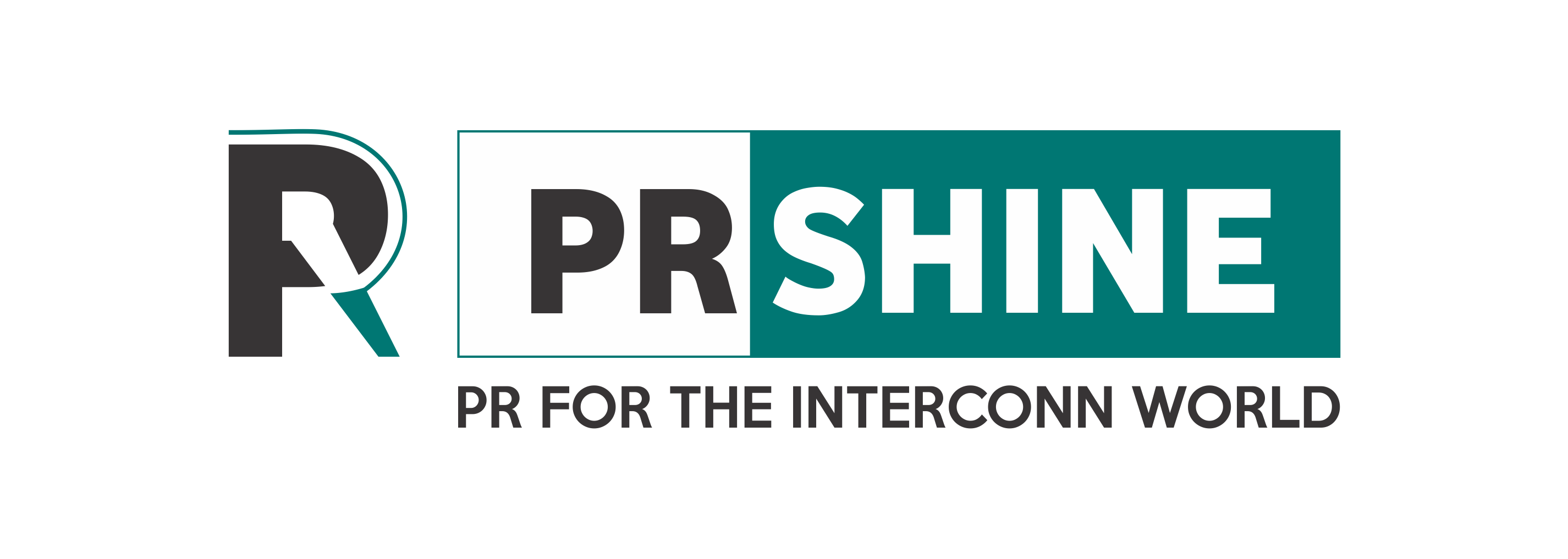Checklist Mobile App Development Services
Solution nexxt has created a mobile app development checklist And mobile app development checklist will provide you a road map to creating a successful mobile application.We have assisted companies and startups from a variety of industries in developing their apps.our experts can provide high-quality apps that will benefit your business and help you reach a wider audience.


Step 1: Conduct Market Research
You’re ready to move on to the next step once you’ve determined the type of app you’re creating. Mobile app development is a brutal industry, with new apps appearing on a daily basis. So be aware of what you’re getting yourself into.
Examine the most popular apps in the market that are similar to yours. See what they’re doing and discover why their customers adore them. Competitor analysis can also keep you from making the same mistakes they did. Examine the comments section on the app pages of your competitors. Users are eager to air their grievances in the comment section, and reading those comments can teach you a lot. Speaking with customers and conducting interviews can also help you learn more about your business.
Step 2. Plan Your Business Strategy
1.Investigate your competitors’ apps to see what similar apps provide
2.Read competitor app reviews to learn what the market wants
3.Make a list of competitor features and note which ones clients want and what’s missing
4.Consider how competitors monetize their apps to help guide your own strategy.
5.Analyze the research and decide which market segment you want to focus on
6.Work to find a niche in the market you can address
7.Identify the problem you’re trying to solve for that specific market segment
Step 3. Find out that You’re Target Users
Not all apps are intended to be used by everyone. Different types of apps are preferred/wanted/required by different people. Or there are certain considerations to make when developing an app for a specific user base.
For example, an app for senior citizens should be simple to use first and foremost. That means no annoying pop-ups or endlessly expanding menus. The most important features should be easy to reach.The user interface should be soothing, and the font size should be large enough that people with poor vision can use the app.
An app designed for people in their mid-twenties, on the other hand, can experiment with complexities and UX. It can also have a rich user interface with eye-catching fonts and icons.
Step 4.Make a List of the Essential Features
You should create two separate feature lists when developing a mobile app. The first list should include all of the necessary features. These features are your unique selling point and should receive the majority of your development time and budget. This list is used when developing your app’s MVP (minimum viable product).
The following list should include additional features to improve the user experience. These features are uncommon in MVPs. A full-fledged mobile app, on the other hand, must have as many features as possible without overwhelming users.
Step 5. Create a Budget
The development of a mobile app is an expensive endeavour. And not everyone has confident investors on their side. Such businesses must be extremely cautious with their money and ensure that they get the most bangs for their buck.
When creating a budget, keep in mind that the cost of development is determined by a variety of factors, including the complexity of the app. More complex apps that require a large number of next-generation technologies will be more expensive. Furthermore, the more features you add, the more expensive your app becomes.
Step 6. Design the App
During the design phase of your app, you’ll concentrate on software architecture prototyping and User Experience (UX) design. Collaboration between Business Analysts and Designers is required. Your teams will do the following during this phase:
Communicate requirements to the design team, outlining the project’s requirements as well as the market intelligence you’ve gathered.
1.Create wireframes to visualise the app’s workflows;
2.Collect feedback from potential users;
3.Establish the app’s architecture;
4.Establish Quality Assurance (QA) requirements so the QA team knows what to test; and
5.Have the UX and UI teams create a prototype so the engineering team can visualise the build.
Step 7: Develop the App
Mobile app developers must consider a variety of factors such as development strategy, app performance, security, and so on. Use the checklist below to ensure that your app development team ticks all the right boxes.
Step 8.Focus on Branding
You must consider your app’s branding during the app development phase. Everything must be considered, from your app store icon to your company logo, colour theme, slogan, and so on. Even the user interface of your app should be consistent with your branding.
Branding is your app’s very identity. This is how your users will identify you. Nobody reads the name of an app before opening it on a smartphone. They take a look at the icon. So you’re looking for an instantly recognizable icon.
It is often beneficial to build your app’s branding around your company’s core values. People appreciate it when the apps they use have heartwarming backstories. So, if you have an inspirational story or one that can melt people’s hearts, don’t forget to incorporate it into the branding of your app.
Step 9: Time to Put It to the Mobile QA Testing
You must ensure quality before launching your business app online. This is when testing comes into play.
The goal here is to test your app’s functionality under a variety of conditions. What happens if your app receives unidentified data? What happens if the amount of data is too large to handle?
Can it keep up the loading speed and not slow down? If an app loads in less than 4 seconds, it is considered reliable.
Many apps rely on offline functionality. Even though many apps rely on the global network all of the time, it’s great if your app provides good offline support.
Finally, having a feedback option for your app is beneficial. Customers may discover a bug in your app. This is a rare case scenario, but you must include a method for them to report. When they believe their problem has been resolved, they are more likely to use your app.
Step 10:Make a Release and Post-Launch Plan
To be safe, most businesses release the MVPs of their apps first. As previously discussed, an MVP contains all of the app’s core features, and releasing it first rather than a fully-featured app is a better strategy. Users can provide critical feedback on your app. If your app is making a difference in the lives of your target users, that’s a great sign, and you can continue working on it until the final version is ready.
However, if the response to your MVP is negative, you can take the feedback, go back to the drawing board, and fix the app’s core features. This way, you won’t have to invest in developing an entire app before you know if your target users will like it. It saves a significant amount of money and time.
After the final app is released, you must provide post-launch support. No matter how skilled your mobile app development team is, your app will have bugs and issues that must be addressed once the app is released. Furthermore, releasing your app is only the beginning. To keep people interested in your app, you must constantly release new updates. It is extremely beneficial to have a development roadmap for the future of your app.
Conclusion
Mobile app development is a large undertaking that can be intimidating for newcomers. And our mobile app development checklist will provide you with a road map to creating a successful mobile application.
If you’re looking for a mobile app development company with a proven track record, cutting-edge technology, and highly skilled developers, Solution Nexxt is the place to be. We have assisted companies and startups from a variety of industries in developing their apps. Whether you need native app development or hybrid app development, our experts can provide high-quality apps that will benefit your business and help you reach a wider audience.
To learn more about our mobile app development services schedule a free 30-minute consultation, Get in touch with us on info@solutionnexxt.com


 solutionnexxt
solutionnexxt 









